the project
The project is called Wander. I’ve spent over half my life tramping within the Sierra Mountains. This project is specific in its intention to explore creativity and letting go while disconnected from the world. Only through extended, wandering time, spent alone in this wilderness can I explore these ideas of creativity, disconnection and letting go.
In summer 2021, with a wooden pinhole camera and a battered copy of Thoreau’s Walden, I walked into the High Sierra Mountains leaving all electronics at home; no phone, no GPS, no communication of any kind. I spent 18 days walking from Kings Canyon to Yosemite National Park practicing simplicity and letting go, wandering cross country off-trail and on, in some of the most secluded areas in the Sierras. I had 50 rolls of film, half of which was 17 years expired. What developed was a personal exploration of myself and the wilderness I love so dearly.
The Book
Wander is not a travelogue; it is a philosophical and artistic dialogue with the reader, in the long, literary tradition of nature transcendence. I use this journey into the Sierra Mountains, twenty years as a professional landscape photographer, and twenty five years exploring the Sierra Mountains, as through lines to talk about connection, creativity, landscape photography, geology, wilderness travel, humanity, trees, and the Sierra.
Before I started this project, my questions revolved around the spiritual and mythological pull of the Sierra Mountains and why it has drawn so many? But after I began, the introspection shifted to more philosophical questioning:
What does creative discomfort feel like?
What is this general need to be always moving?
What does disconnection feel like in an era of complete interconnection?
What does letting go look like, feel like, to me, to others?
What is the power of making landscape art, in traveling at a slower pace, in removing the clock and calendar?
What is my own grief around my parents death?
These questions swirled about me mile after mile and slowly my thoughts on them filled my journal. I came to walk, but I left with an honesty of self, which is the most important of all personal reflection.
The Gallery
Photographed on a 6x12cm wooden pinhole camera, these images represent a creative and visual disconnection. Photography stripped down to its most essential, its most elemental. The uncertainty of what I would capture added to the overall experience of being apart from the world, but a part of the wilderness I was in. Prints available soon, stay tuned!
Journal posts
Posts from my journal that are specifically about the project, they are categorized under the category ‘Wander’.
The Camera
Designed and handmade by ONDU Pinhole the camera I’ve used for this project is a 6x12cm panoramic pinhole which has 3 pinholes to provide rise & fall without having to pitch the camera up or down, which would introduce horizon distortion. A pinhole camera is a model of simplicity in its function. A dark box, a tiny hole and some kind of light sensitive material is all that’s needed to make one. It has no lenses or viewfinder. It works because of the camera obscura effect, the tiny hole projects an inverted image against the inside of the cameras back. Because the hole needs to be extremely small in order for the effect to work the aperture on the camera I’m using is equal to f/160, which will require long exposures.
Even working in the field is changed by using this camera. No longer able to look through a viewfinder and frame the image within the cameras borders, I’m forced to envision the cropped boundaries. Every photographer knows what it feels like to lean your eye into a viewfinder separating yourself from the world and becoming its observer, becoming its creator. It’s an empowering creative feeling. With no viewfinder, the pinhole camera doesn’t allow me that separation and I’m forced to confront the creation of my work through contemplation not a predefined crop. Added to this is the extremely small aperture hole that requires long exposures and therefore time to sit and watch and think.
Photography Gear
6x12 CM pinhole film camera. It uses 120 roll film
2 filters; red 25 and a 3-stop neutral density
MeFoto Backpacker Tripod
50 rolls of BW & color negative film, some of which is 17 years expired
Reciprocity guide for each film
Backpacking GEAR
Base gear is all the gear minus photo, food and water. Please contact me if you have any questions regarding anything I’ve listed. I’ve spent countless miles tinkering with this system, including some new additions I’ve added specifically for this project.
Gear / Ounces / Notes
Backpack - 47oz REI climbing approach bag. 20+ years old.
Poncho - 11oz Can be used as a makeshift tarp. It’s small, compact.
Quilt - 24oz Think of it as a warm blanket. handmade.
Sleeping pad w/ top sheet - 20oz The pad is one I splurged on, it’s a Therma-Rest Neo Air, thick, cozy and light. I added a top sheet to sleep on, which wicks away moisture (the pad by itself gets sticky if you run hot at night) and adds amazing sleeping comfort.
Ground Sheet - 1.5oz
Air pillow - 2.7oz Too bouncy. I need to find an alternative.
Cook kit with Mug - 7.4oz My other pride and joy. I handmade a small tin cup from the bottom of an atomizer and punched holes along the rim. To cook, I light a little bit of denatured alcohol which will boil water in the tin grease pot I use as my kettle. It’s a fundamentally simple setup that will not break and allows me to accurately judge exactly how much fuel to bring, which I carry in an old plastic water bottle. The amount of fuel I use is 1oz per meal. Need 10 meals, it’s 10 oz. No more guessing at how much fuel is left in the opaque isobutane containers.
Swiss Army knife - .7 oz
First aid kit - 3 oz
Toiletries - 4 oz
Patch kit - 1oz
Nalgene water bottle - 3 oz
Smart plastic water bottle - 1oz
Down jacket - 10oz
Rain/wind jacket - 2.5oz I handmade this out of old nylon ripstop. I find it silly the number of wind/rain jackets and the cost with expensive breathable fabrics and numerous vent zippers. Most of your venting comes off your head and feet.
Rain pants - 9 oz
Running shorts - 2oz
Long underwear top/bottom - 6.2 oz
Shoes - 20oz Breathable trail shoes, best decision I ever made regarding my feet. No more blisters and uncomfortable wet feet after river crossings. They’re light, dry fast and most importantly conformable. If I could go barefoot I wood. Maybe I should look into slip on moccasins.
Hiking poles - 15oz
Maps, compass - 8 oz
Journal & pens - 5 oz
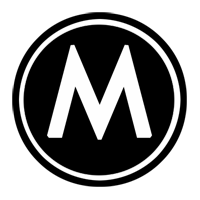







































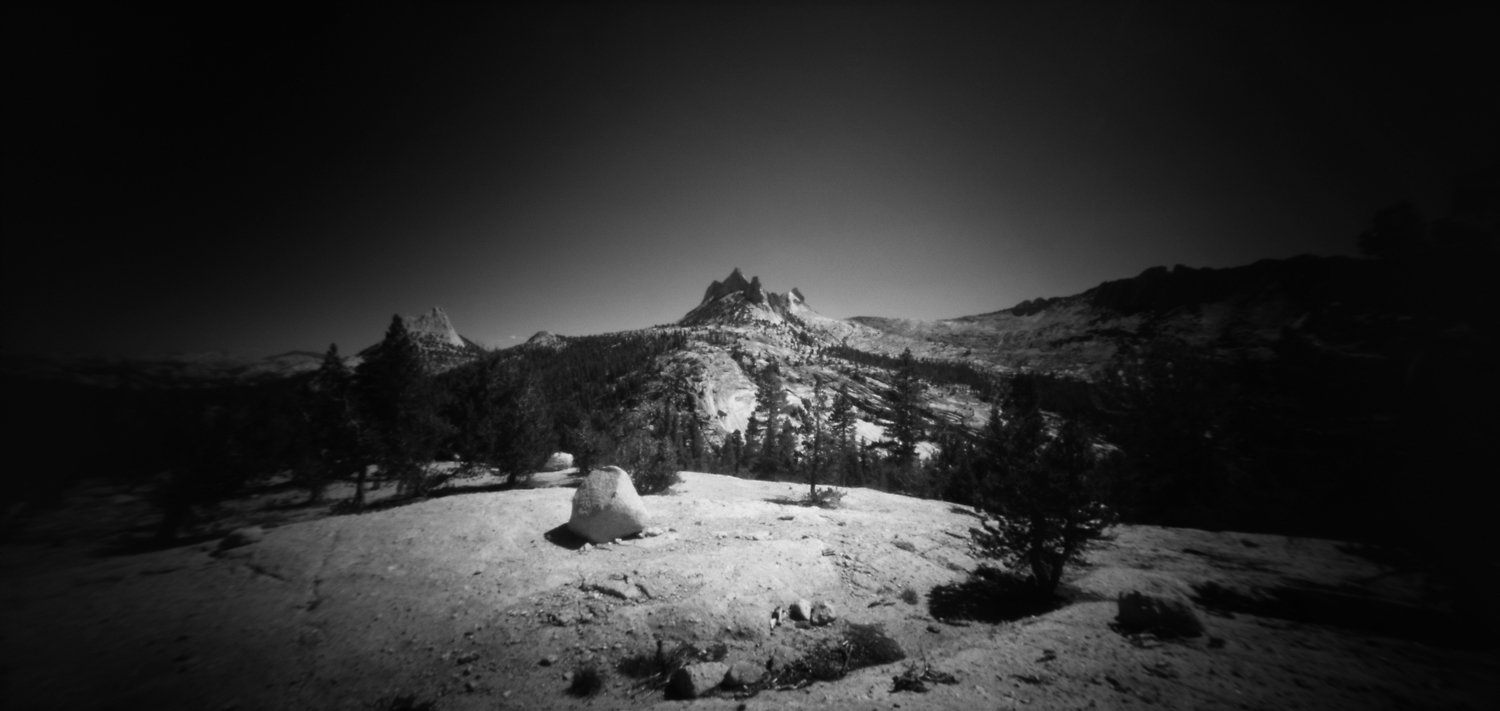







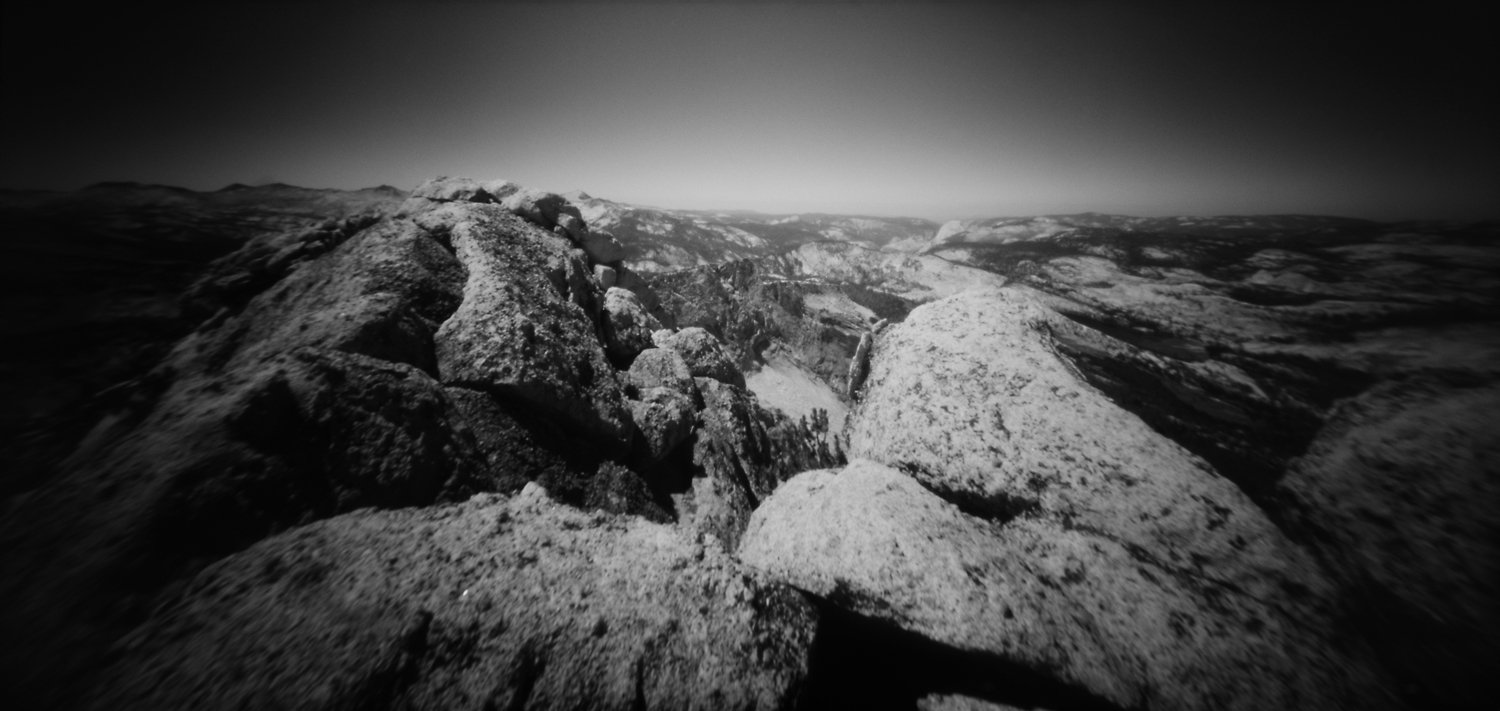







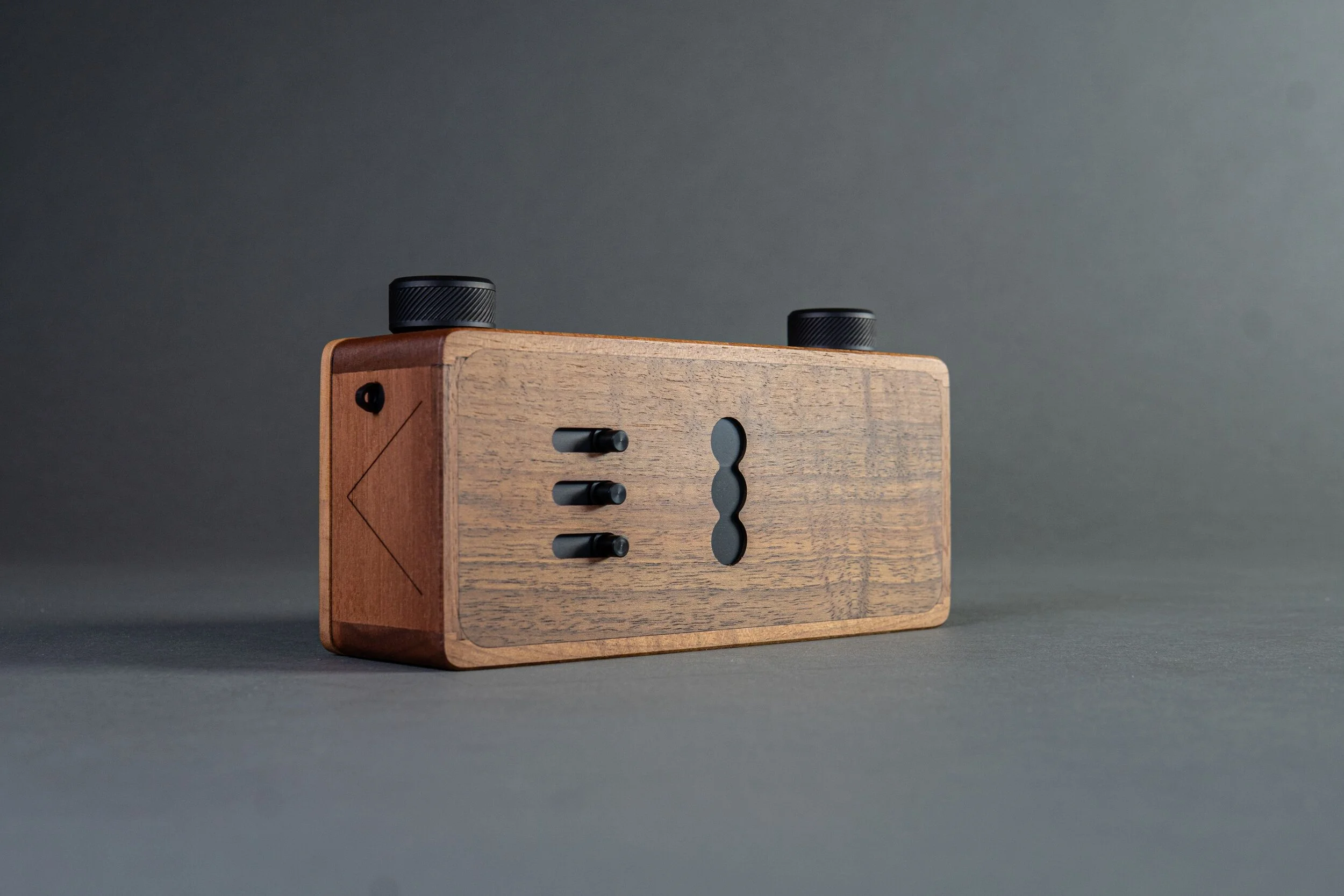


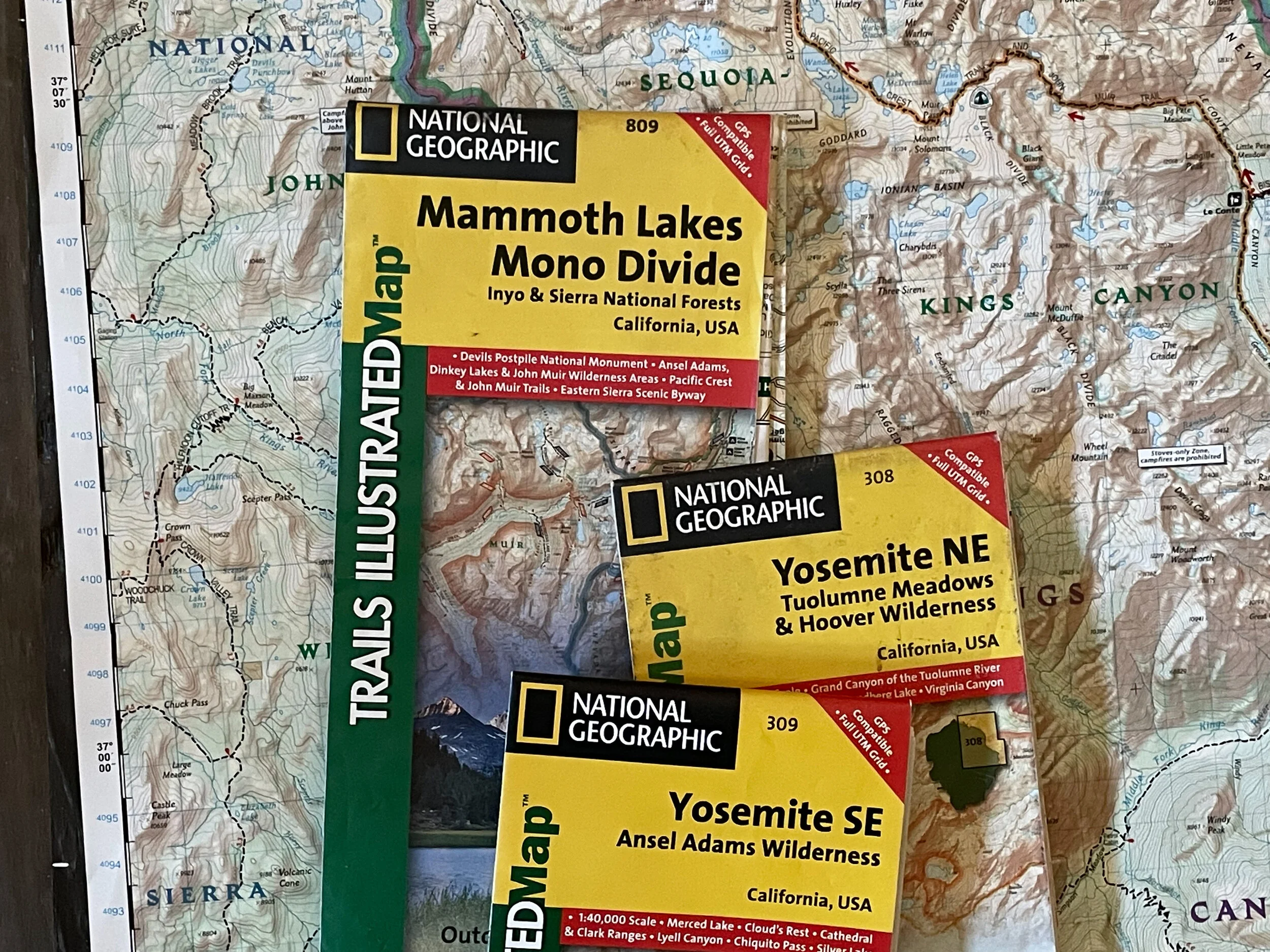

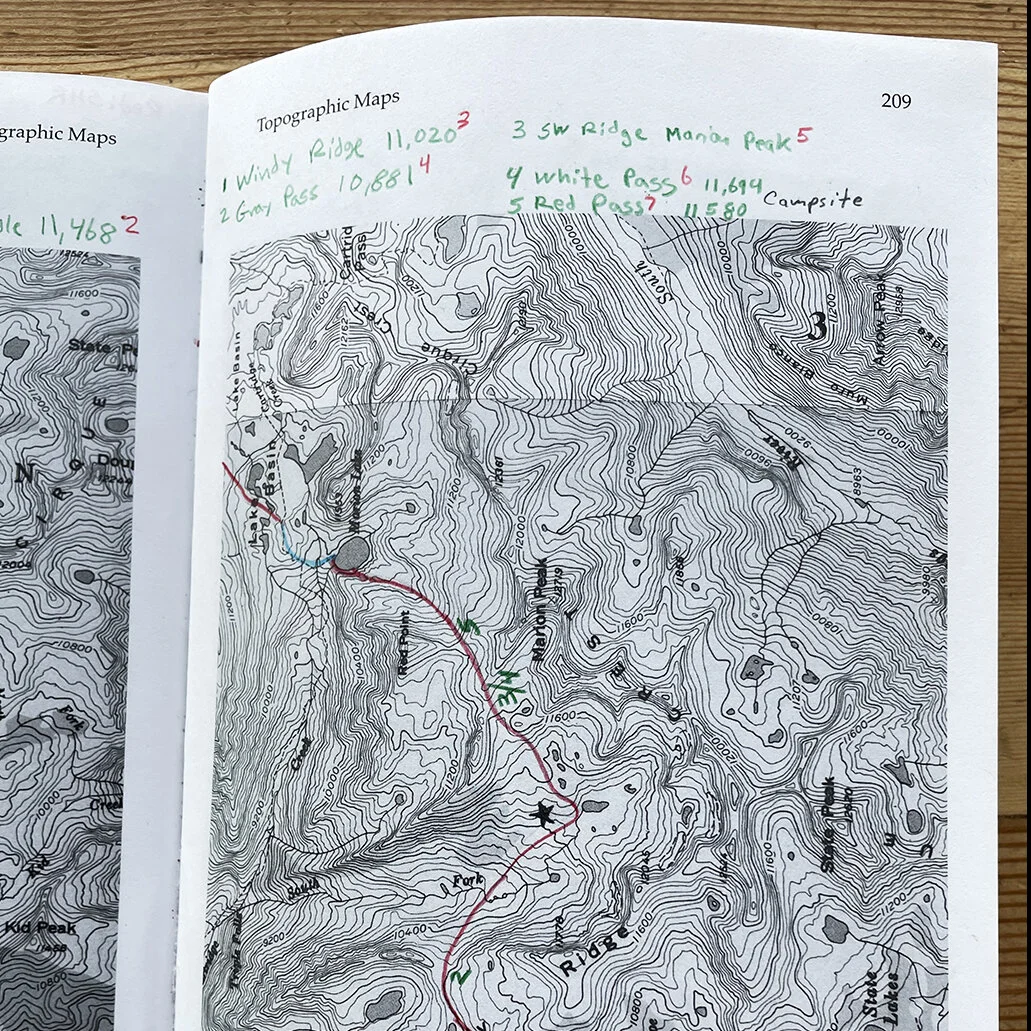

After five days of Sierra wilderness I exited with a bout of stomach and fatigue issues I’ve not felt in the 23 years I’ve been tramping these mountains, most likely stemming from bad water I drank early in the hike. Humility in the face of unforeseen circumstances, unattachment indeed, but not uncaring. I should also mention that I will be filtering water from now on.